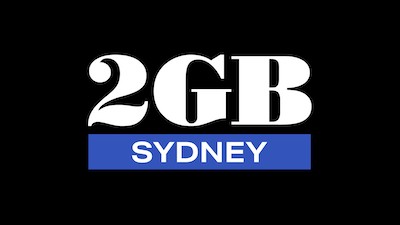Social Media and the Radio Newsroom

Facebook and Twitter have changed the way we get our news and it’s no surprise that many newsrooms are turning away from traditional outlets such as AAP.
In fact, more and more stations are either dumping it or reducing their subscriptions. It’s partly economics and partly better access to information online.
So where does that leave the journalist, who still has to turn out bulletins with fresh content every half hour or hour?
The obvious answer is the online sites of organsations like News Limited and Fairfax. However, unless your newsroom has a subscription, these heavy hitters aren’t always accessible.
Social media is a powerful tool, but how many are using it beyond checking up on friends or adding content on the station site? Are you checking it for ‘hard news’?
Social media’s given rise to the ‘citizen journalist’ – a resource that came into it’s own during the Arab Spring uprisings. If TV brought the Vietnam War into the lounge-room, then the smartphone and iPads will deliver it into your hands, wherever you are.
Its immediacy and accessibility means the traditional news agency is being beaten to the punch with ‘breaking news’. The news cycle is shorter and punchier, leaving consumers wanting and needing more.
 Consider this fact; within the first hour of Whitney Houston’s 2012 death, more than 2-and-a-half million people tweeted the news. That’s something like 1,000 tweets per second. And by the time many traditional news outlets had scrambled, the news was ‘old’ in the world of social media.
Consider this fact; within the first hour of Whitney Houston’s 2012 death, more than 2-and-a-half million people tweeted the news. That’s something like 1,000 tweets per second. And by the time many traditional news outlets had scrambled, the news was ‘old’ in the world of social media.
A study by Pew Research Centre’s Project for Excellence in journalism found that sites like Facebook and Twitter are ‘rapidly becoming a competing driver for traffic’. It’s influencing what we read online and helping to circulate information with the ‘like’ or ‘share’ functions. It’s not yet overtaken mainstream media as a news source, but it’s quickly catching up and MSM runs the risk of being swamped.
Look at the success of the March in March protests around the country. Much like the Occupy movement, it was a Facebook phenomena and organised entirely online. Hundreds of thousands turned out across the country. The MSM caught onto it late, and still downplay the numbers.
What does this mean for a resource-poor journalist? Well, it’s the dawn of a new era in information delivery. We should embrace it, rather than view it as a competitor.
Follow the right people and you get some great content and story ideas. Follow the right people, and you will get the news before it appears as a screen scrawl or pops up in ‘wires’.
If a listener follows you, follow them back (unless they’re quite clearly a nutter or a troll or both). I’ve picked up on some great stories from followers: they are the citizen journalist.
 Of course, it’s a double edged sword. You can’t take everything anyone tweets or Face Books as the gospel truth. The need to be ‘first’ with the news shouldn’t ignore the basic tenets of journalism: check and re-check, before you go to air.
Of course, it’s a double edged sword. You can’t take everything anyone tweets or Face Books as the gospel truth. The need to be ‘first’ with the news shouldn’t ignore the basic tenets of journalism: check and re-check, before you go to air.
Don’t be backwards in tweeting for eyewitnesses to a story. This was used successfully by London media outlets when a helicopter slammed into a building. Within minutes, they had eye witnesses, pictures and footage.
As I’ve said, the challenge is to find the right accounts to follow. Here’s a few of my favourites:
1. Breaking News. 6 million people already follow this NBC News owned site. The beauty of it, is that it allows you to select which topics you’re interested in. @BreakingNews
2. BBC Breaking news. It goes without saying, this is a world class service @BBCBreaking
3. CNN Breaking news. As with the BBC twitter sites, it often breaks news before its TV counterpart
4. Reuters Live is another site I check all the time. No bias that I can detect and very accurate @ReutersLive
5. Fuego is a twitter bot run by the NiemanLab that curates all the big trending stories. @NiemanLabFuego
6. Al Jazeera English has been fascinating and has provided some great information on Aussie journalist Peter Greste @AJELive
Some others just for interest sake:
@ddjournalism (Data Driven Journalism)
Nikole Gunn has 20+ years in radio and is the former DMG Melbourne news director.



